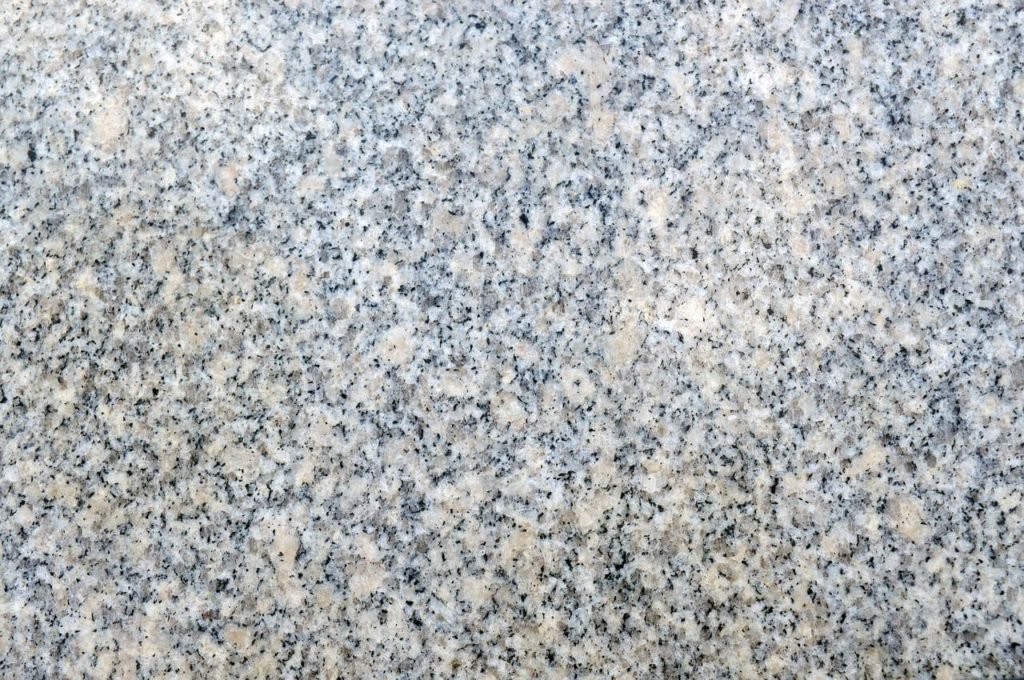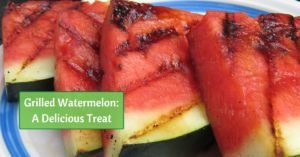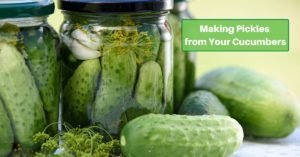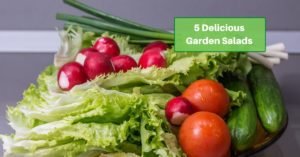You don’t have to rough it to be able to enjoy your yard while cooking. In fact, your outdoor kitchen can be comfortable and elaborate. There’s not much you have to miss out on other than the protection of four walls!
One of the most overlooked but essential parts of any kitchen, indoors or out, is a great working space. Having a countertop that is big enough is a key, but so is choosing the right material. The right type of surface adds both to the visual appeal and the functionality of your cooking area. So what are the best materials for outdoor kitchen countertops and how should you choose?
What to Consider When Choosing an Outdoor Countertop Material
Before getting into specific materials, let’s talk a little about some of the qualities you want to look for in a countertop for your outdoor kitchen.
One factor to be aware of is that an outdoor countertop is usually deeper than its indoor counterparts. This is because a grill is usually deeper than a stove (that’s because you have to take into account how deep the lid is when you open it). Indoor countertops are commonly two feet deep, but for outdoors, 2 and a half is common (30 inches).
Of course, you also want a surface that looks great. The countertop has one of the largest surface areas in the kitchen, so you want it to take the lead in presenting a good image. It also has to go along with the general appearance of the area, the floor surface, and the appliances you add.
You also want to make sure you’re not going to get blinded by that surface. You don’t want something too reflective especially if it will receive direct sunlight. Of course, you also don’t want a material that’s going to warm up too much. Your grill or stove is going to be hot enough – you don’t need to burn yourself on the countertop!
Most importantly, you want a high-quality, weather-resistant material that’s also installed with quality hardware and with good craftsmanship. Since your counter will have to stand up to the elements, going with inferior materials is a definite no-no. Not only the surface itself but also the brackets, screws, and substrate that hold it all together have to be resistant to moisture, cold, and everything else that the climate can throw at it.
Adding Substrate
Many countertop materials require a substrate. This is a material that goes under the surface material to support it. This is especially true for materials that are not strong in themselves.
For instance, if you are installing a tile counter, it needs something to rest on. This is an obvious example since you know the tiles won’t hang there in thin air. But other materials may require substrate as well. Without it, they will sag or crack in the space between supports.
Concrete or stone surfaces are generally self-supporting and don’t require substrate.
But for other surfaces, you’ll want to add a reinforced concrete slab underneath. Or you could add two sheets of concrete backer board. While indoor counters may have a plywood or even particle board substrate, these materials don’t hold up as well outside.
The substrate is placed on top of your cabinets or the walls of your countertop and fastened firmly. This is the underlying support for your outdoor kitchen work area, so you want it to be secure!
Pros and Cons of Outdoor Countertop Materials
When you’re ready to choose your countertop material, you have a ton of options. Each one offers a lot of benefits and sometimes some drawbacks as well. Let’s have a look at the most popular and best options – and a couple that you might want to reconsider as well.
Concrete
A simple concrete surface is a great option for a countertop. What it lacks in visual appeal it more than makes up for in strength and durability. A concrete countertop can be a great option when you like a simple, stripped-down look.
However, you can also try a stamped concrete countertop. By using dye and patterned stamps, the counter can simulate the look of a wide variety of other materials. Some examples could be brick, cobblestone, or even wood.
Granite
Granite countertops have been all the rage for indoors over the last few years, but they’re also great outdoors.
Granite’s available in a wide range of colors. It’s best to stick with lighter shades if you worry about it warming up under the bright sun, though.
It does need to be sealed but some sealants are actually permanent – you’ll never have to worry about reapplying them.

This natural stone is strong like concrete but has more natural beauty. Its strength means it’s not going to require a substrate under normal circumstances.
This is our overall favorite. The biggest drawbacks it has are its cost and its weight. For anything more than a tiny section, you’re probably going to want to leave installation to a pro who is going to be able to move it as well as install it properly.
Soapstone
Another natural stone option, soapstone can make a good choice too. It has no problem handling the elements and it doesn’t even need to be sealed. It handles heat well and is even resistant to stains.
Soapstone also darkens over time, but you can enhance the process with certain mineral oils.
Overall it’s one of the more attractive options.
Tile
Tile countertops are great both indoors and out. They look great and have an eternal appeal. There also a lot of options in style, color, and size.
Tile might not be ideal for colder climates because the grout in between the tiles can crack when the temperature drops. But where the weather stays warmer year-round, they’re great. Since we’re on the topic of grout, we recommend one that’s not too lightly-colored since it is prone to stain.
Glazed ceramic tile is a great option, but it does tend to fade more rapidly than other types like porcelain or granite.
Some Options To Think Twice About
Just because a material makes a good indoor counter, though, it may not be suited for the outdoors. Here are some examples.
Wood
The idea of a wood countertop can seem appealing for the outdoors if you like a rustic look. It would go naturally with the environment, of course. A butcher-block style has a certain appeal to it.
This can be a viable choice, but it’s definitely not as durable as the other options we’ve discussed when considering it for the outdoors.
Stainless Steel
On the plus side, stainless steel is easy to maintain. It’s also sanitary since there are no pores or holes where bacteria might make a home.
But remember what we said above about surfaces that get too hot? Stainless steel is exactly what we were thinking of. It’s awesome for indoors but not so much for outdoors. And aesthetically it doesn’t match up with what we normally look for on the patio.
Laminate or Formica
Laminate countertops are common indoors and out. It’s an entry-level material that comes in at a fantastic price point. The appearance can vary according to what you’re looking for.
However, laminate is not going to hold up for long periods, especially outdoors. Heat and humidity will rapidly contribute to it falling apart. While it can seem appealing when you’re on a tight budget, in the long run, it’s not worth it.
Formica is just one type of laminate. While it can work well indoors, it won’t hold up well to the added stresses as an outdoor material.
Conclusion
Having a fantastic countertop is a big key to being able to use your outdoor kitchen to its maximum potential. That means not just designing the kitchen well and providing enough space, but also choosing the right materials. Fortunately, there are a lot of great options, even though not every material that works well indoors is equally suitable outdoors. Choose one that will work for your design and get busy enjoying your great outdoor kitchen!









